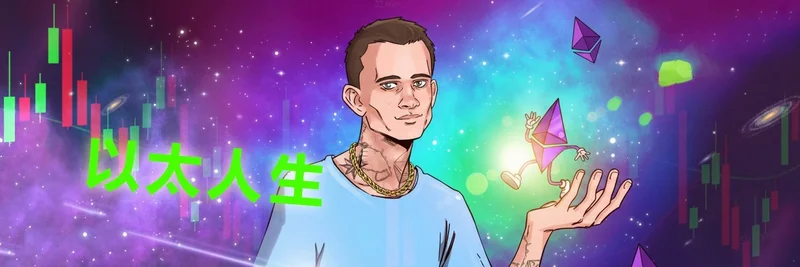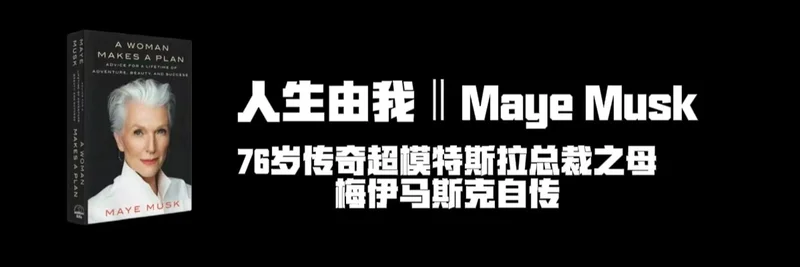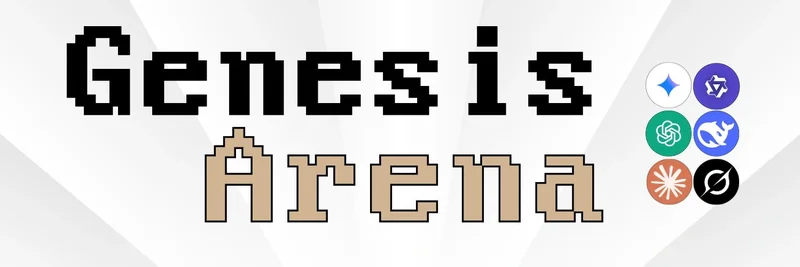In the fast-paced world of blockchain, staying ahead means keeping an eye on projects that bridge the gaps between networks. Recently, BSCNews tweeted about their in-depth guide on Quant Network ($QNT), calling it a potential hotbed for institutional innovation. If you're a blockchain practitioner or just dipping your toes into meme tokens and crypto, this is worth a read. Let's unpack what Quant Network is all about, based on that guide, and why it matters—even in the meme token space where cross-chain fun could get a big boost.
The Origins of Quant Network
Quant Network kicked off in 2015, founded by Gilbert Verdian, a cybersecurity expert with a background in big organizations like Mastercard's Vocalink and even government roles. He teamed up with Colin Paterson and Dr. Paolo Tasca, who's a whiz in digital economics and has advised heavy hitters like the European Parliament and the UN on blockchain stuff. The big idea? Solving the problem of blockchains not talking to each other—think of it like getting iPhones and Androids to share apps seamlessly.
The star of the show is Overledger, which Verdian dreamed up back in 2013. It's not a blockchain itself but more like an operating system that sits on top of various blockchains, making them interoperable. They launched it in 2018 after creating an international standard for blockchain tech. Quant raised funds through an ICO that year, pulling in $26 million and setting up their token supply.
Overledger: The Tech Behind the Magic
At its core, Quant aims to make blockchain accessible for big institutions without forcing them to ditch their old systems. Overledger is like the "Windows for blockchain"—it connects different networks like Bitcoin, Ethereum, and XRP, letting data and assets flow freely. Developers can build multi-chain apps (mDApps) that work across platforms, and there's even a marketplace for buying and selling these apps using smart contracts.
Key features include secure exchanges, support for any programming language in smart contracts, and tools for tokenizing assets—like turning real-world stuff into digital tokens with standards like QRC-20 (similar to ERC-20 but for Quant). There's also Quant Flow, which automates financial tasks, making things like cross-border payments smoother and integrating with stablecoins or traditional banking.
For those new to this, interoperability means no more silos; imagine your favorite meme token on Solana easily swapping with one on Ethereum without crazy fees or hassles. That's the kind of innovation Quant brings to the table.
Real-World Applications and Use Cases
Quant isn't just theory—it's got legs in finance, healthcare, and supply chains. In finance, it helps with tokenizing securities and automating processes, which could speed up things like stock settlements. It's big on Central Bank Digital Currencies (CBDCs); they've worked on projects like the UK's Project Rosalind and the EU's Digital Euro, showing how it can handle programmable money safely.
Beyond that, in healthcare, it enables secure sharing of patient data while staying compliant with rules like GDPR. For supply chains, it tracks goods across blockchains and old databases, reducing fraud and boosting efficiency. Even if you're into meme tokens, think about how this tech could let viral memes jump chains, creating bigger communities and liquidity pools.
$QNT Tokenomics: What You Need to Know
The $QNT token is the fuel for the ecosystem. It's an ERC-20 token on Ethereum with a fixed supply of about 14.6 million— they burned some early on to keep it scarce. No new tokens get minted, so it's deflationary, meaning the value could rise as demand grows.
You use $QNT for licenses (developers pay in fiat, but it's converted and locked), paying for network ops, and staking to vote on governance. About 12 million are circulating, with the rest locked or burned. The Quant Treasury handles conversions to keep things stable. Distribution is pretty decentralized, with no single whale dominating, which is good for price stability.
In a meme token context, this utility-driven model contrasts with pure hype coins, but it shows how solid tokenomics can support long-term growth—something meme projects could learn from for sustainability.
Key Partnerships and Future Roadmap
Quant has hooked up with big names like Oracle for cloud integration, LACChain for Latin American blockchain pushes, and AllianceBlock to blend traditional finance with DeFi. They've got investors like A195 Capital backing them, and tech collabs on privacy and real-time tokenization.
Looking ahead, the roadmap focuses on expanding Overledger's reach, more CBDC trials, and enhancing the marketplace for mDApps. With institutional interest heating up, Quant is positioning itself as a go-to for enterprise blockchain.
If this sparks your interest, check out the original guide on BSCNews for even more details. In the meme world, where trends flip fast, understanding interoperability like Quant's could give you an edge in spotting the next cross-chain sensation. Stay tuned to Meme Insider for more insights on how tech like this intersects with the wild side of crypto!




